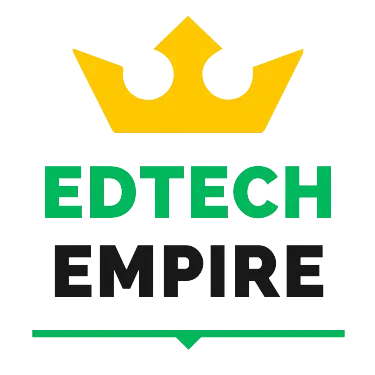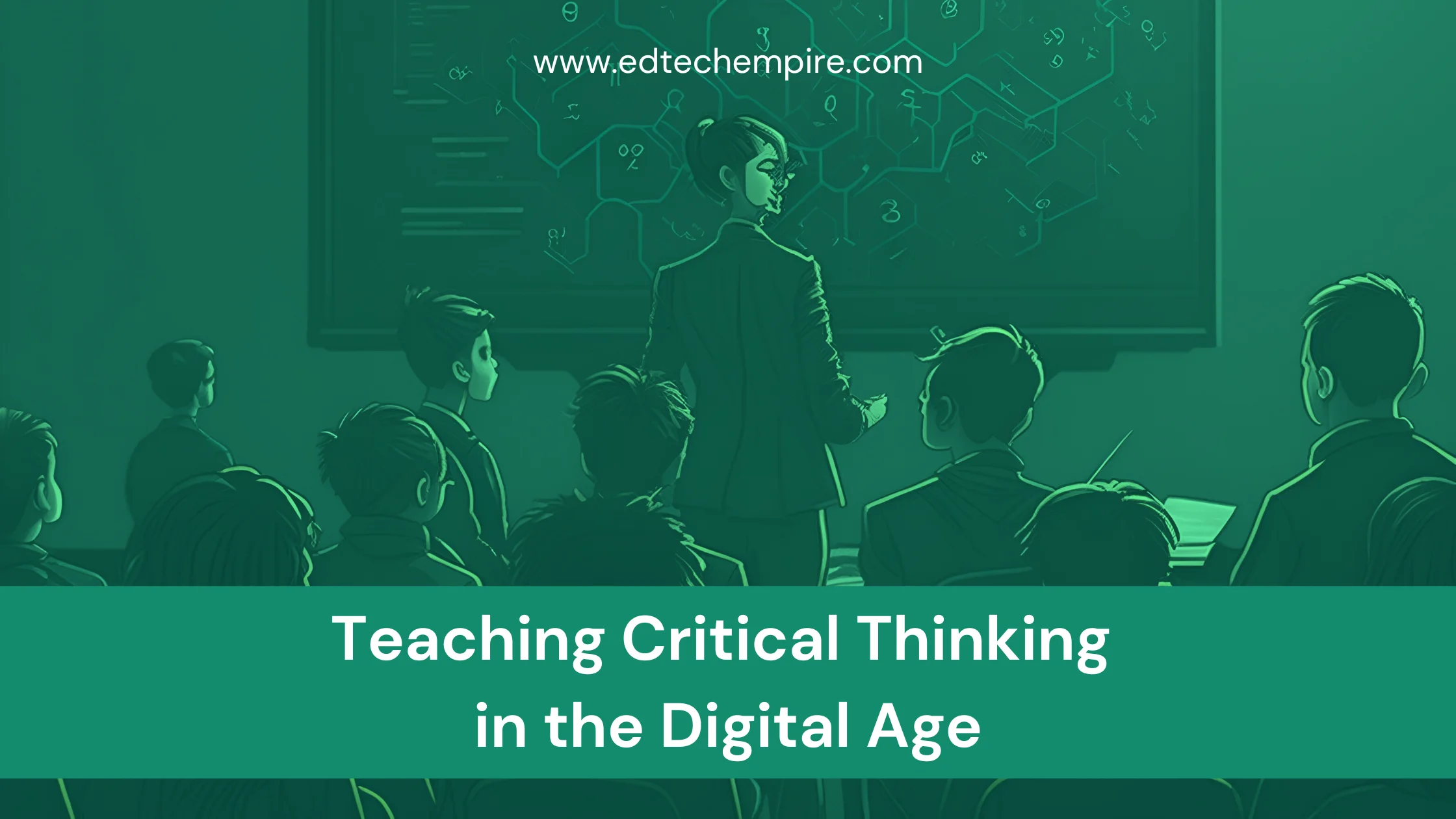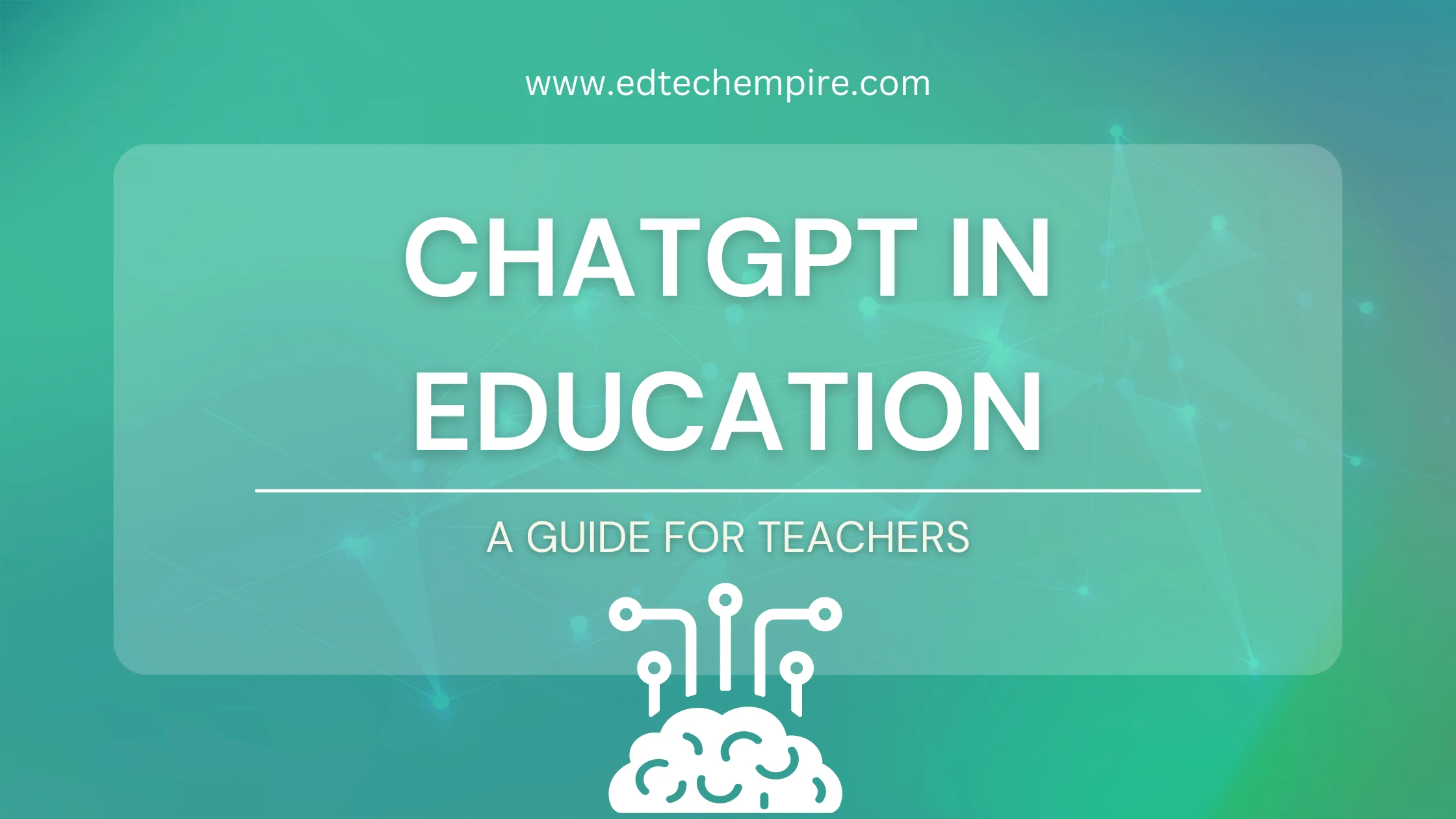![]()
Gamification is the process of incorporating game-like elements into non-game circumstances to engage and motivate people. Gamification has grown in popularity as an educational tool in recent years, with the potential to boost student engagement, motivation, and information retention. However, it is critical to consider both the advantages and disadvantages of gamification in education, as well as best practices for its implementation.
Table of Contents
History of Gamification in Education
Gamification has a long history in education, with early examples dating back to the 1960s. The “PLATO” system, developed at the University of Illinois in the 1960s is one of the earliest known examples of gamification in education. In the decades since, gamification has evolved and become more common in educational settings using computer-based games and simulations to teach a variety of subjects.
Gamification has become more accessible and appealing to educators in recent years, thanks to the increasing availability and affordability of technology. The popularity of gamification as a teaching tool has been boosted by the rise of online learning and the increased use of mobile devices in classrooms.
Benefits of Gamification in Education
Gamification in education has several potential benefits. These are some examples:
Increased student engagement and motivation
Gamification can make learning more interactive and enjoyable for students, leading to greater motivation and engagement. A study published in the Journal of Educational Technology & Online Learning, for example, discovered that students who participated in gamified mathematics classes demonstrated significantly higher levels of motivation than students who were not involved in gamified mathematics classes.
Improved retention of information and skills
Gamification can also help students better retain skills and knowledge. A study published in the Helion journal, for example, discovered that students who participated in gamified language learning activities retained significantly more vocabulary than students who did not participate in gamified activities.
Enhanced problem-solving and critical thinking skills
Gamification can encourage students to think critically and creatively because game-like tasks frequently require problem-solving and decision-making skills. A study published in the International Journal of Education in Mathematics, Science and Technology, for example, discovered that students who participated in gamified STEM activities demonstrated better problem-solving skills than students who did not participate in gamified lessons.
Greater collaboration and social interaction among students
Gamification can also encourage student collaboration and social interaction. A study published in the Computers in Human Behavior, for example, discovered that students who participated in gamified group activities demonstrated increased social interaction and collaboration compared to students who did not participate in gamified activities.
How to Apply Gamification in Education
To effectively implement gamification in education, the following factors must be carefully planned and considered:
- Align gamification with learning objectives: It is critical to ensure that gamification activities are aligned with the course or subject’s learning objectives. This will help ensure that gamification contributes to student learning rather than serving as a distraction or entertainment activity.
- Consider students’ needs and learning styles: When planning gamification activities, it is also important to consider students’ individual needs and learning styles. Some students, for example, may prefer more competitive activities, whereas others may prefer collaborative or individualized tasks.
- Use appropriate technology: Technology, such as mobile devices or online platforms, is frequently used in gamification. It is critical to select technology that is appropriate for the task at hand and is accessible to all students.
Gamification Examples
Here are a few examples of successful educational gamification:
- Kahoot!: Kahoot! is a well-known platform for creating and playing quizzes, surveys, and other interactive learning activities. Kahoot! allows educators to create game-like quizzes or challenges that students can complete on their own devices.
- Classcraft: Classcraft is a gamified learning platform that allows students to design their own avatars and engage in collaborative, role-playing adventures. Classcraft has been used to teach subjects such as language arts, math, and science.
- Duolingo: Duolingo is a popular language learning application that encourages students to practice and improve their language skills through gamification. To motivate students to learn, Duolingo includes a variety of game-like activities such as quizzes and challenges.
- Minecraft: Minecraft is a popular video game that has also been used as an educational tool. Minecraft can be used by educators to create game-like challenges or simulations that teach subjects such as math, science, and history.
Want more details? Check out our article on the top 10 gamification apps for education.
Gamification KPIs
When assessing the effectiveness of gamification in education, the following key performance indicators (KPIs) can be useful:
- Student engagement: Student engagement is an important KPI that can be measured through observations or surveys. High levels of student engagement could imply that gamification activities are effective at motivating and engaging students.
- Retention of information and skills: Retention of information and skills is another important KPI. This can be measured by administering assessments or quizzes before and after gamification activities to see if students retained the information.
- Problem-solving and critical thinking skills: Gamification activities can also be evaluated based on their impact on students’ problem-solving and critical thinking skills. This can be evaluated through observations or assessments that require students to use these skills to complete tasks.
- Social interaction and collaboration: Observations or surveys can be used to assess the impact of gamification on students’ social interaction and collaboration. The presence of high levels of social interaction and collaboration may indicate that gamification activities are effective in promoting these skills.
Challenges and Considerations in Implementing Gamification in Education
While gamification has the potential to be a valuable tool in education, it is important to consider the potential challenges and limitations. Some potential challenges include:
- Overuse or poor implementation: Gamification can be overused or poorly implemented, resulting in negative consequences such as student boredom or distraction. To avoid these negative outcomes, it is critical to carefully plan and consider the appropriate use of gamification.
- Individual needs and learning styles: As previously stated, it is critical to consider students’ individual needs and learning styles when implementing gamification. Some students may not respond well to gamification activities, so alternative teaching methods must be available for these students.
- Unequal access to technology and resources: Gamification frequently necessitates the use of technology and other resources, such as mobile devices or online platforms. It is critical to consider the possibility of unequal access to these resources and to have alternative teaching methods available for students who may lack access to the necessary technology.
Conclusion
Gamification has the potential to be a valuable tool in education, increasing student engagement, motivation, and information retention. However, it is critical to carefully consider the advantages and disadvantages of gamification, as well as best practices for implementing it. Educators can effectively use gamification to enhance student learning and achievement by aligning it with learning objectives, taking into account students’ individual needs and learning styles, and utilizing appropriate technology and resources.
To summarize, gamification can be a valuable addition to the classroom, but its use should be carefully considered, and alternative teaching methods should be available for students who may not respond well to gamification activities. Educators can make informed decisions about using gamification in their classrooms by considering the benefits, challenges, and best practices for implementing it. If you like this post, you may be interested to check out our blog on how to incorporate technology into lesson plans.
Khondker Mohammad Shah-Al-Mamun is an experienced writer, technology integration and automation specialist, and Microsoft Innovative Educator who leads the Blended Learning Center at Daffodil International University in Bangladesh. He was also a Google Certified Educator and a leader of Google Educators Group (GEG) Dhaka South.















Leave a Reply